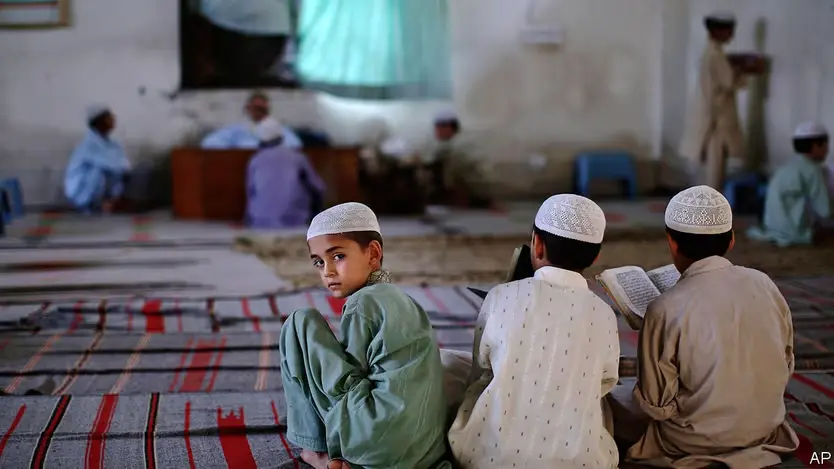India and China have resumed high-level dialogue on their long-standing border dispute, marking the first formal talks between their Special Representatives in five years. The meeting, held in Beijing on December 18, 2024, saw India’s National Security Adviser Ajit Doval and Chinese Foreign Minister Wang Yi engaging in “substantive discussions” to promote stability and resolve the boundary question.
The talks followed an agreement reached in October on military disengagement and patrolling arrangements along the Line of Actual Control (LAC), the de facto border that has been a point of contention between the two nations. The meeting also comes amid China’s diplomatic efforts to improve ties with key international partners.
“Hard-Won” Resumption of Dialogue
Wang Yi described the meeting as a “hard-won and worth cherishing” milestone, reflecting the mutual commitment to improving relations. According to China’s Foreign Ministry, both representatives “reaffirmed their commitment to seek a package of solutions to the border dispute that were fair, reasonable, and acceptable to both sides.”
During the meeting, both sides acknowledged the importance of implementing the October 2024 disengagement agreement, which had already begun easing tensions in contested areas. “Drawing on the learnings from the events of 2020, they discussed various measures to maintain peace and tranquility on the border and advance effective border management,” said India’s Ministry of External Affairs (MEA).
India and China Border Talks: Six Points of Consensus
A significant outcome of the dialogue was the agreement on six points of consensus:
- Maintaining Peace and Stability: Both sides agreed to continue measures ensuring peace along the border, reaffirming that the boundary dispute should not impede broader bilateral ties.
- Commitment to Resolution: They pledged to pursue a “fair, reasonable, and mutually acceptable package solution” in line with political guidelines established in 2005.
- Confidence-Building Measures: Both nations emphasized the need to refine border management rules and build confidence to sustain tranquility in the region.
- Cross-Border Cooperation: The resumption of the Kailash Mansarovar Yatra, cross-border river cooperation, and Nathula border trade were among the initiatives discussed to foster better relations.
- Enhanced Coordination: Strengthening the mechanism for Special Representatives’ meetings and enhancing diplomatic and military communication were highlighted as priorities.
- Future Engagement: A new round of Special Representatives’ meetings is planned in India next year, with the specifics to be finalized through diplomatic channels.
Also See: The India-China Border Agreement: What Lies Ahead
Strategic and Long-Term Perspective
Wang Yi emphasized the need to approach India-China relations “from a strategic and long-term perspective.” The Chinese Foreign Ministry noted that both leaders of the two nations, during their October meeting in Kazan, Russia, had “recalibrated the course and clarified the direction for the recovery and development” of bilateral relations.
Ajit Doval echoed similar sentiments, stating, “Over the past five years, with the joint efforts of both sides, relevant issues in the border area have been properly resolved, which is of great significance.”
Bilateral and Global Significance
The dialogue underscored the importance of stable India-China relations for regional and global peace. Both representatives agreed on the salience of maintaining “stable, predictable, and amicable India-China relations for regional and global peace and prosperity,” as stated by the MEA.
Additionally, the discussions included broader international and regional issues, with next year marking the 75th anniversary of diplomatic relations between India and China.
A Step Forward
This meeting represents a crucial step in mending ties strained since the deadly 2020 Galwan Valley clash, which resulted in significant casualties on both sides. While friction points remain, the October disengagement agreement and the subsequent talks in Beijing signal a renewed effort by both nations to manage their differences and foster stronger ties.
What Drives India’s Shift on the Ladakh Dispute?
India’s approach to the Ladakh border dispute with China reveals a web of strategic contradictions and multifaceted challenges. While the reports of India agreeing to cede around 4,000 km of territory to China has ignited concerns about India’s strategic priorities, especially given its active alignment with the Quad alliance aimed at countering Beijing’s influence in the Asia Pacific. This apparent contradiction fuels concerns about India’s strategic consistency and long-term objectives.
Moreover, such moves underscore a broader inconsistency in India’s foreign policy. On the one hand, India positions itself as a staunch defender of territorial sovereignty in disputes with Pakistan and Nepal. On the other, its willingness to compromise with China raises questions about the underlying motivations—whether economic imperatives, nationalist pressures, or global optics are at play.
Historically, India’s dealings with smaller neighbors like Bangladesh, Sri Lanka, and Nepal have showcased a tendency to prioritize self-interest, often at the expense of regional harmony. This unilateralism is now juxtaposed against India’s economic dependence on China, where burgeoning trade ties might overshadow territorial disputes.
Domestically, the BJP government’s nationalist agenda adds a layer of complexity. With Hindutva-driven politics emphasizing strength and self-reliance, any perceived compromise on sovereignty risks backlash from both domestic constituencies and strategic stakeholders. Yet, India’s participation in the Quad, ostensibly to contain China, complicates its image as a non-aligned power committed to sovereignty and independence.
For China, this situation demands careful maneuvering. While diplomatic dialogue is vital, Beijing must maintain military vigilance to counter any unexpected developments. Achieving a durable resolution will require a blend of strategic patience and calculated assertiveness.
India’s handling of the Ladakh dispute not only shapes the trajectory of bilateral relations with China but also influences how the world perceives its reliability as a partner and its adherence to its own values. The unfolding developments hold profound implications for the broader regional and global order.

![India and China resume high-level talks on their border dispute, focusing on peace, disengagement, and future cooperation. [Image via Al Jazeera]](https://southasiatimes.org/wp-content/uploads/2024/12/7ebad488166b4c79850ba9513a37950a_18.webp)




